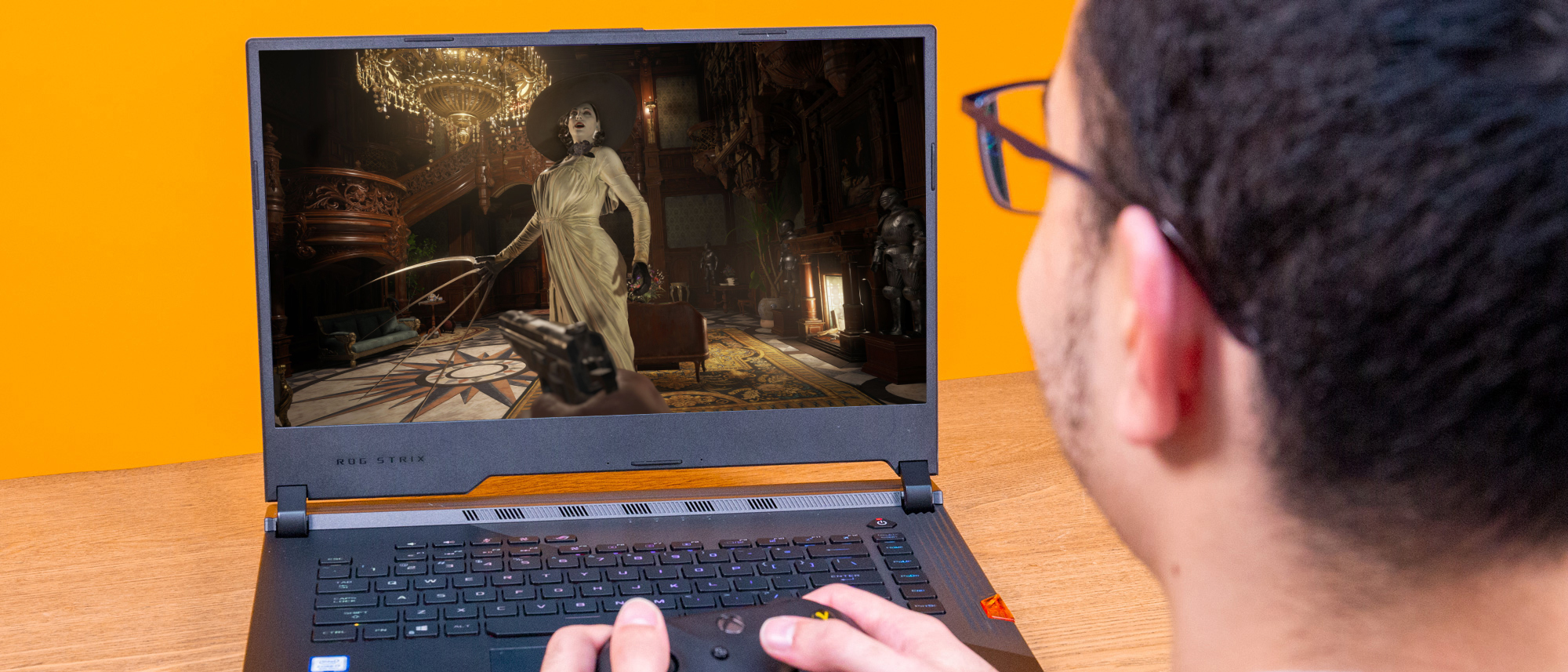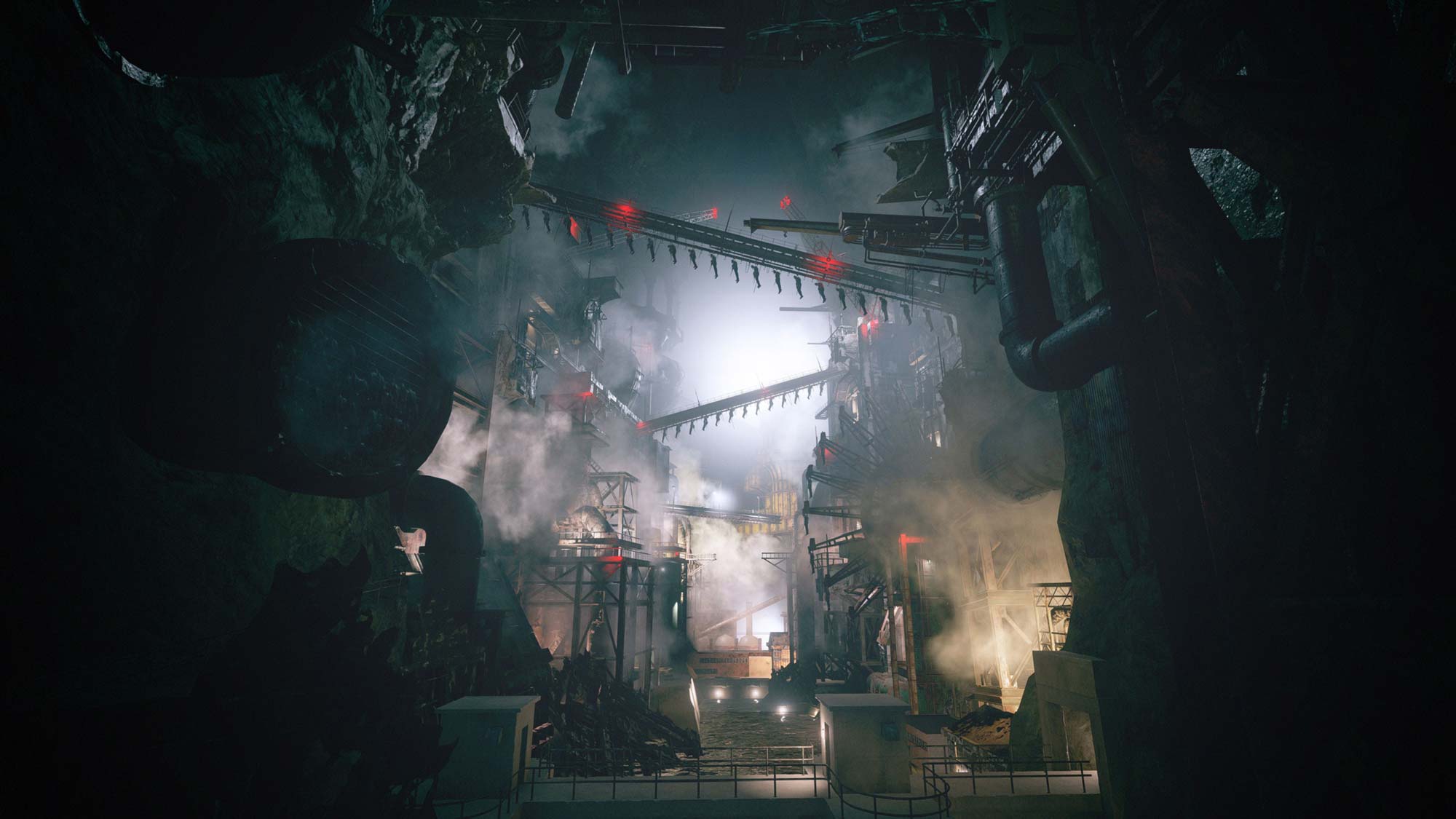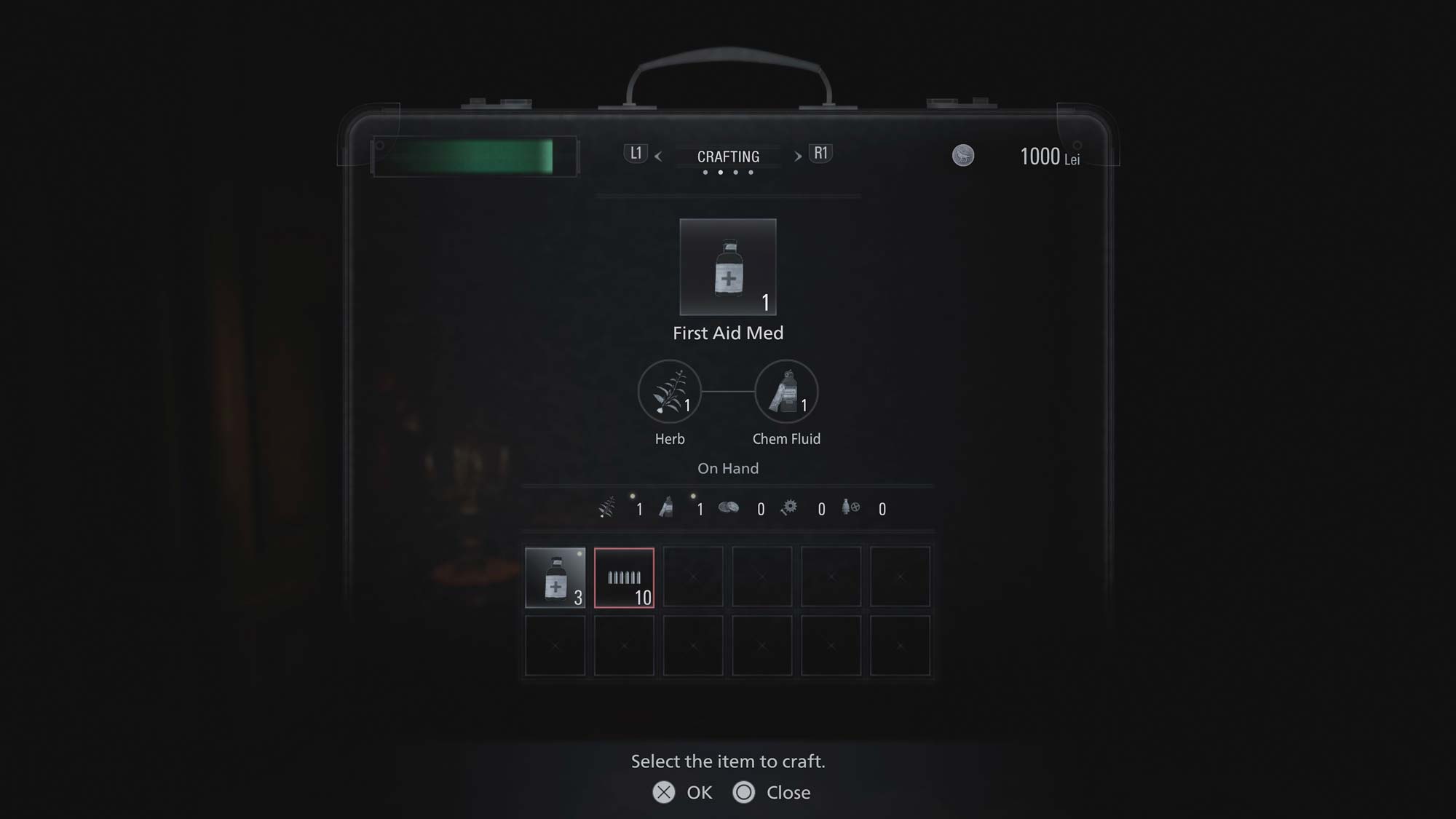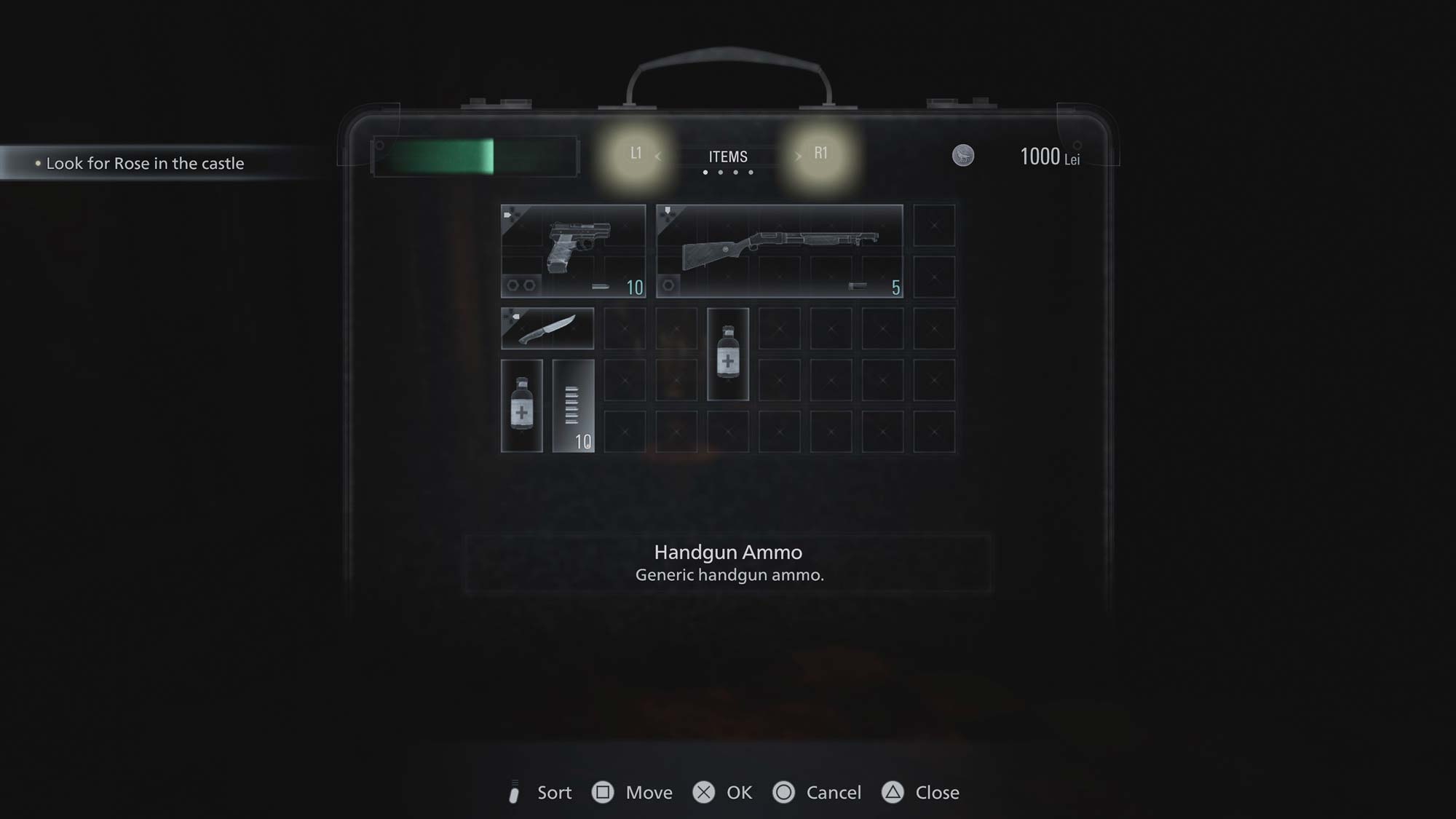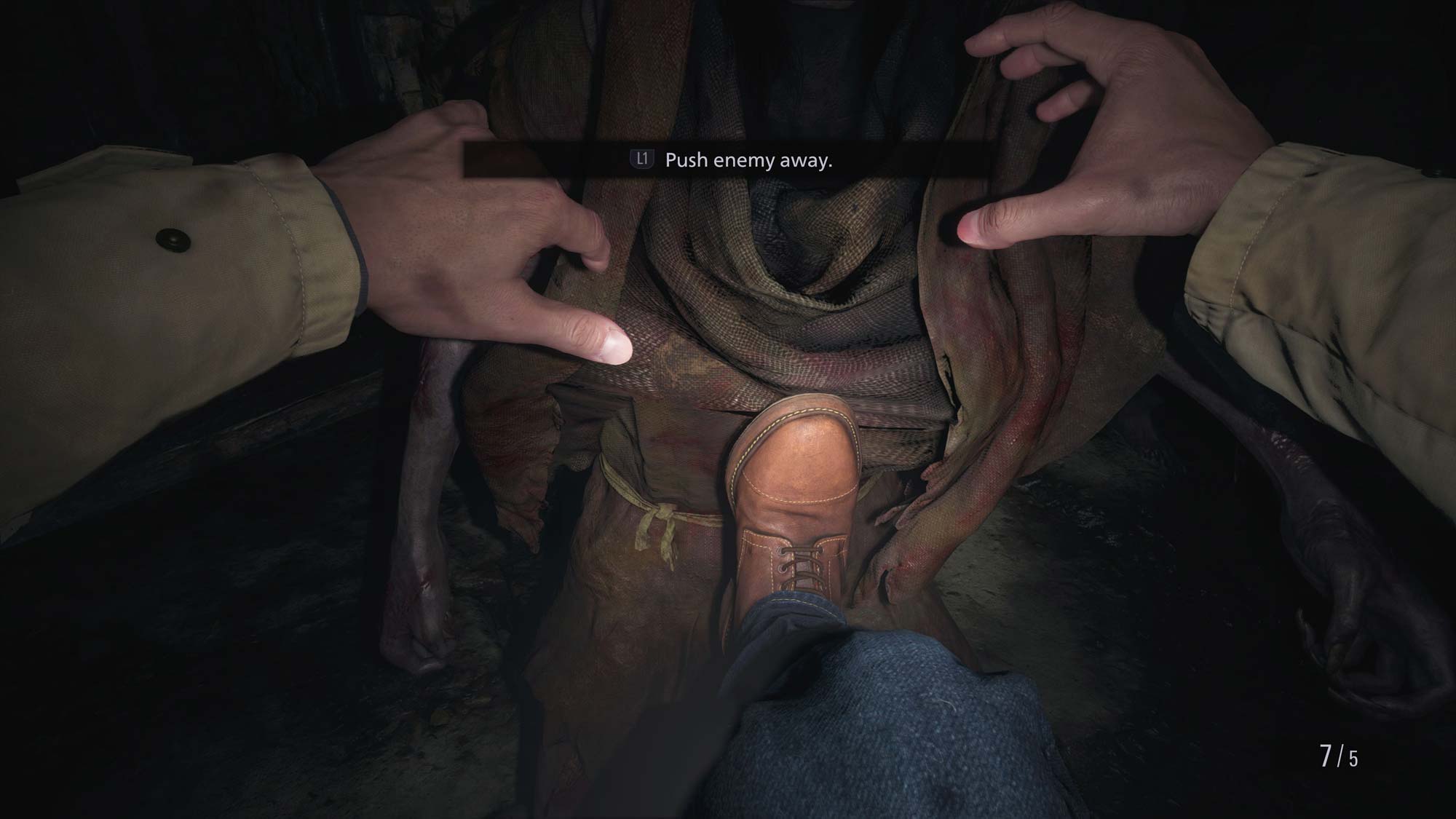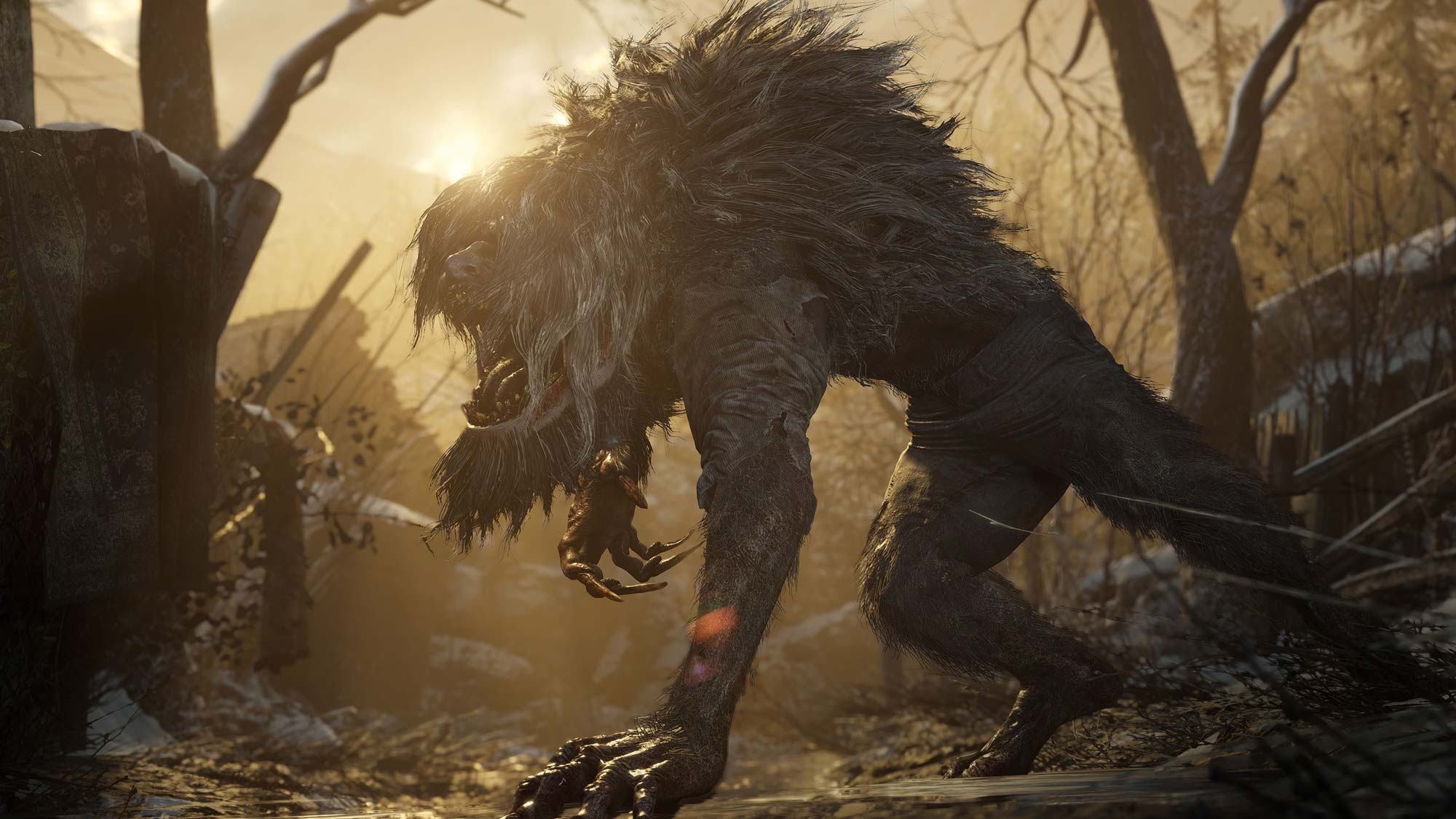Laptop Mag Verdict
Resident Evil Village takes us on a fairy tale-esque journey that breaks some of the established tropes of the franchise.
Pros
- +
Stunning visuals
- +
Intense gunplay
- +
Wildly entertaining story
Cons
- -
Act 2 could’ve been stronger
- -
Inconsistent map
Why you can trust Laptop Mag
When a new Resident Evil game rolls around, there are certain expectations the critically-acclaimed action-horror series meets, and while Resident Evil Village hits some of them, it breaks others.
From a gameplay perspective, Resident Evil Village is essentially the love child of Resident Evil 4 and Resident Evil 7. Narratively, however, Capcom managed to flip the isolated plot of Resident Evil 7 and spin it into the fairy tale-esque story that we get from Resident Evil Village. It’s like watching a fantastical gothic horror film unfold.
The deeper the story goes, the more invested I became in the journey, and that’s sort of rare for a Resident Evil game, as most are cheesy and revolve around a convoluted plot, but Resident Evil Village is rather simple in its objective. And thus, it’s easy to connect with, and while the protagonist, Ethan Winters, can be as bland as a bag of bricks, he’s arguably one of the most relatable characters in the Resident Evil universe.
As a result, Resident Evil Village is easily one of the best PC games and best PS5 games available right now.
The Village of Shadows
As much as I loved Resident Evil 7, I wasn’t a fan of the overarching plot mostly because it wasn’t relevant to the series’ batshit lore -- which, despite being cheesy as hell, I'm in love with. Resident Evil Village, however, goes places I didn’t expect, and the entire presentation of the story very much feels like a fairy tale as opposed to a traditional Resident Evil game.
The story follows Ethan and Mia Winters three years after the events of the Baker house in Resident Evil 7. They had a kid, Rose Winters, who is kidnapped at the very beginning of the game by none other than boulder-punching heartthrob Chris Redfield. Thus, Ethan travels to a mysterious village to find Rose and figure out what’s going on with Chris.
While the Resident Evil series can be cliché, Resident Evil Village has many surprising twists and turns that blew me away. And I don’t say that lightly. The ballsy story moments in Resident Evil Village are some of the best in the entire franchise.
Sign up to receive The Snapshot, a free special dispatch from Laptop Mag, in your inbox.
However, Resident Evil Village may not live up to some fans' expectations, as most of the marketing has revolved around Lady Dimitrescu. The sad reality of it is that Lady D is only the first boss of the game. There’s a lot more going on in this game than a 9’6-foot tall vampire lady.
Overall, the pacing for Act 1 and Act 3 are incredible and crushed my expectations. Every time I wasn’t playing Resident Evil Village, I wanted to be playing Resident Evil Village. There wasn’t an oppressive atmosphere like some of the other Resident Evil titles. Instead, I felt like the oppressor. Unlike Resident Evil 7, Ethan isn’t trapped in this village. This man is here by choice to save his daughter and is hunting anyone who gets in his way. Ethan is a pretty cheesy character with not a lot going on, but you can’t deny that this dude is a badass for dealing with all the bullshit. His one-liners are a hit or miss, but I enjoy them all the same.
However, Act 2 could’ve been more fleshed out. Don’t get me wrong, I enjoyed my time with Donna Beneviento and Salvatore Moreau, but their sections weren’t nearly as long as my encounters with Alcina Dimitrescu and Karl Heisenberg. The length isn’t necessarily the issue, rather, the Dimitrescu and Heisenberg sections introduced unique enemy types and more set pieces whereas the sections with Beneviento and Moreau felt like glorified boss fights. They were both still fun but by far my least favorite of the four.
Ethan Winters? More like Ethan Hunt those wolves
It’s not a huge surprise that Resident Evil Village plays like a mix between Resident Evil 7 and Resident Evil 4, since that’s what Capcom intended. The developers very much accomplished that, but I’ll spice up that comparison by saying that it felt like I was playing an Uncharted game at certain points.
Resident Evil Village had me tactically clear out rooms and houses with very limited ammo throughout a majority of the game, which is typical for a Resident Evil title. But there were moments when I was swarmed by tons of enemies and had to jump off rooftops and dodge the biggest mother trucker with a hammer the size of my body. Resident Evil Village can be spooky, but at its core, it’s a high-octane, action-adventure game. It lost some of its horror elements, but this particular formula is among my favorite in the franchise.
The gunplay feels natural, the mechanics for crafting and survivability can be harsh, but manageable (even on the Hardcore difficulty), and the inventory management is surprisingly more forgiving than other Resident Evil games -- as long as you buy the upgrades. I love everything about the shop mechanics, especially because you can typically buy back most things you sell (except the meat -- do not sell your meat). Resident Evil Village is also one of the few games in the series that I found value in other gun stats apart from Power due to the enemy variety.
While zombies make an appearance in Resident Evil Village, the new enemies are way more dangerous. As you might’ve guessed, the first new enemy you’re introduced to are werewolves. These are like zombies on steroids -- they’re faster, stronger and take a hell of a lot more to kill. Unlike other Resident Evil titles, you can’t just run past these enemies -- they will chase you to the ends of the Earth (in this case, the village), so you have to kill them.
The hardest part of this game is arguably the beginning, as you’ll have nothing but a knife and a peashooter (that’s what the unupgraded pistol feels like). You do get a shotgun early on, which is the best weapon type in the game, but there are only a few shells to go around. However, after you get past this hump, things get more manageable, but ammo scarcity is almost always a problem.
Like other Resident Evil titles, there are several puzzles in this game, but they’re not too difficult to figure out. There was probably one real head-scratcher, but even that didn’t take long to solve. I wish there were more mind-boggling puzzles in this game, but that’s more of a complaint for the franchise as a whole.
Additionally, while I love meticulously collecting items in this game, I dislike the map system. In the previous titles, rooms on the map would be red if they weren’t cleared and blue if they were. Unfortunately, this isn’t as simple as it might sound. I’ve seen blue rooms that had objectives still currently in them and I’ve seen red rooms that were merely blocked by an objective, which led to a lot of confusing moments. On top of that, only the interior of areas are liable to be red or blue, so that means all of the exterior village areas have no indicators. I understand that the developers didn't want to spray colors all over the map, but it would be nice if it was a feature that the player could enable. I want all of the items, damn it. (He did not finish the game with all of the items.)
Did you hear that?
Resident Evil Village is gorgeous. It’s one of the few next-gen games I’ve played that actually feels next-gen. For some people, graphics might not add much to a game, but in this scenario, I was 100% immersed because of the visuals. Resident Evil Village is also one of the few games that can run on next-gen consoles with ray-tracing enabled and average around 60 frames per second. My favorite visual moments were encountering new rooms in Lady D’s beautiful, gothic manor. Each one gave me major Van Helsing vibes (yes, I’m talking about the Hugh Jackman movie -- that was my childhood).
Working in tandem with the art direction is the sound design. From the horrifying musical stings that alert me of danger to the heavy footfalls of a 9’6-foot tall vampire lady strutting over to step on my neck, I was on edge at nearly every moment. When I found myself in a tough spot and was forced to unload my weapons, the sound effects from my guns were impactful and satisfying, which isn’t always the case in first-person shooters.
Unique to the PS5 version, is the haptic feedback and adaptive triggers. I’ll be honest, I didn’t notice much of the haptic feedback -- it isn’t as present as other PS5-exclusive titles. However, the adaptive triggers played a crucial part in the experience. I felt the weight of the shotgun and sniper rifle as I focused my shots on a target, which is a feeling that no other console can currently recreate. For this reason alone, I did my main run through PS5 and my test run on PC.
Resident Evil Village PC performance
I didn’t encounter any bugs in my time with Resident Evil Village on PC or PS5. In fact, I was surprised with how smooth the game was, especially since it just launched. I guess I’m just not used to games being finished when they are released (take that for what you will).
There are various graphical settings that you can adjust in Resident Evil Village on PC. In the Display tab, you’ll find a Presets option that categorizes the game into six easy-to-understand settings: Recommended, Prioritize Performance, Balanced, Prioritize Graphics, Ray Tracing and Max. Below the preset settings, you can tinker with display area, brightness, HDR modes, the color space, display mode, screen resolution, refresh rate, frame rate and V-Sync.
Underneath those settings are the nitty-gritty graphical options, such as rendering mode, image quality, FidelityFX CAS, anti-aliasing, variable rate shading, texture quality, texture filter quality, mesh quality, ray tracing, GI and reflection, light reflection, ambient occlusion, screen-space reflections, volumetric lighting quality, subsurface scattering, shadow quality, contact shadows, shadow cache, bloom, lens flare, film noise, depth of field, and lens distortion.
While it may be challenging to figure out what your PC can handle, there’s a set of meters just below the settings that tell you how much graphics memory is being used based on your choices. There are also meters that determine how much effort is being put toward things like processing load, image quality, model quality, lighting quality and graphical effects quality.
Unfortunately, there aren’t any dedicated accessibility options. It would be nice if Capcom and more AAA studios would start thinking about inclusion, like Naughty Dog and Ubisoft have.
Resident Evil Village PC benchmarks and requirements
I am impressed with how well Resident Evil Village is optimized. I shot up a bunch of fiendish werewolves on Max settings (ray tracing disabled) at a 3840 x 1600 resolution (a 21:9 monitor) with my desktop-level Nvidia GeForce GTX 1070 GPU with 8GB of VRAM and got a modest 36 frames per second. If you’re just running with a 1080p monitor, you can easily get over 60 fps.
However, if you have a PC with a GPU that’s a couple of generations behind, we recommend playing Resident Evil Village on either a PS5 or Xbox Series X as you’ll benefit from super-fast load times and ray-traced lighting. If you purchase the game on the Xbox One and PS4 now for $59.99, you can upgrade your version to next-gen consoles.
The minimum requirements for a system to run Resident Evil Village include an Intel Core i5-7500 or AMD Ryzen 3 1200 CPU, an Nvidia GeForce GTX 1050 Ti or AMD Radeon RX 560 GPU and 8GB of RAM.
Meanwhile, the recommended specs (1080p, 60 fps) require an Intel Core i7-8700 or AMD Ryzen 5 3600 CPU, an Nvidia GeForce GTX 1070 or AMD Radeon RX 5700 GPU and 16GB of RAM.
Bottom line
I expected to have a good ol’ time in Resident Evil Village, but I wasn’t anticipating it to become my favorite entry in the franchise. There’s just something whimsical in the narrative and the setting that ties everything together as if it's being told as an epic tale. The way the plot twists and turns completely caught me off guard.
It’s sad to see this particular narrative come to an end, but I hope future Resident Evil games can keep some semblance of the ridiculousness that Resident Evil Village pulls off. Despite just finishing Resident Evil Village, I already want to jump back into it on the Village of Shadows difficulty. (Wish me luck.)

Rami Tabari is the Reviews Editor for Laptop Mag. He reviews every shape and form of a laptop as well as all sorts of cool tech. You can find him sitting at his desk surrounded by a hoarder's dream of laptops, and when he navigates his way out to civilization, you can catch him watching really bad anime or playing some kind of painfully difficult game. He’s the best at every game and he just doesn’t lose. That’s why you’ll occasionally catch his byline attached to the latest Souls-like challenge.
